Hemm beaucarnea recurvata is a plant native to Mexico and belonging to the family of Asparagaceaesottofamilja Nolinoideae. In our latitudes, it is grown mainly in the apartment as an ornamental and is known by various vulgar names: nolinafor the botanical subfamily; sieq iljunfant, due to the particular shape of the stem; and especially smoke-eating plant, name on which we will dwell. With the right cultural care, this plant can give great aesthetic satisfaction and last a long time.
So let’s discover the peculiar botanical characteristics of the beaucarnea recurvata and everything you need to know to grow it at home or, in warmer regions, in the garden.
Origin of the smoke-eating plant
The etymology of the name beaucarnea recurvata it is due to the French botanist Charles Antoine Lemaire, famous for his studies on cacti, who in 1861 named the plant in honor of Jean-Baptiste Beaucarne, a Belgian succulent plant grower who first studied the beaucarnea. The name of the species, recurvata=folded back, derives from the Latin and refers to the bearing of the plant. The adjective smoke eater it is instead linked to its Central American origin. It has been observed that the plant was used in the rites of indigenous peoples, perfectly resisting smoke, despite being completely enveloped in it. This use in tribal rites led to beaucarnea recurvata being advertised in the West as a houseplant capable of absorbing tobacco smoke and other pollutants.
Botanical characteristics of Beaucarnea recurvata
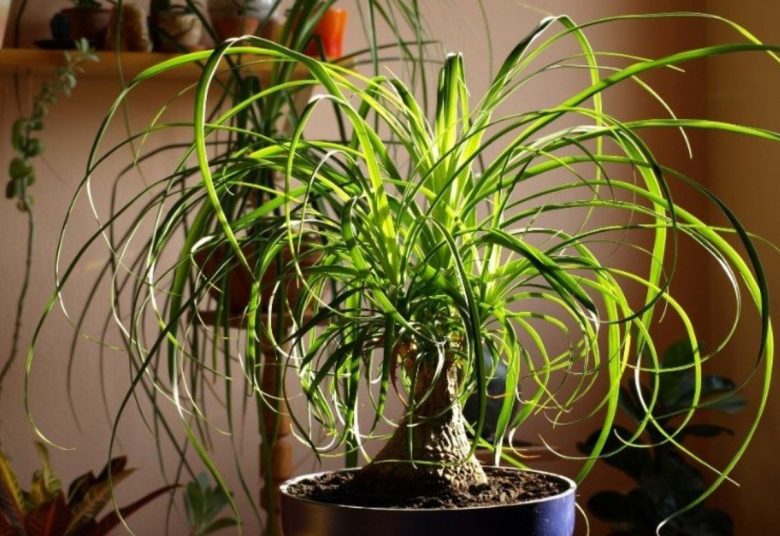
To understand the shape of the beaucarnea recurvata, it must be said that it is a caudiciform plant. In botany with the word caudix (caudex) means a particular shape of the stem which is enlarged in the shape of a demijohn at the base and which acts as a reserve organ of the plant. In the case of beaucarnea recurvata, the caudex acts as a water reservoir and allows the plant to withstand particularly difficult environmental conditions, such as a long period of drought. The water reserve in the stem allows the plant to develop with a little extended and superficial root system. The plant is quite long-lived, but has a very slow growth.
stem
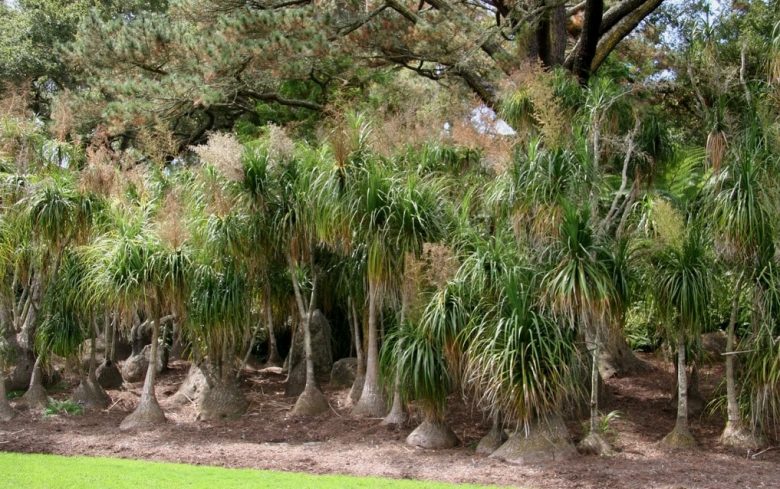
In nature, the beaucarnea recurvata grows in a tropical climate, where there is practically no winter cold (preferring the most arid and thorny forests). It develops in an arborescent form and also reaches important heights, over 10 m (15 at most).
The stem rises vertically from an enlarged and globular base, up to over 3 m in diameter. The bark is dark gray, furrowed by evident cracks that form polygonal plates. At the apex, the stem branches off and ends with the foliar apparatus.
At the base of the stem the plant usually emits small shoots, basically suckers which, if allowed to develop slowly, multiply the stems themselves.
Obviously these are the dimensions in the natural habitat, in the cultivation in the apartment the plant usually does not exceed 2 m in height.
The wider the base of the stem is, therefore the better if it is single, the higher the ornamental value.
Weraq
The leaves of the beaucarnea recurvata are of a beautiful bright green color and are grouped in thick rosettes placed at the ends of the branches. They have a drooping bearing, like a kind of green fountain. The margin is finely toothed or almost entire and the lamina is very narrow. The length of the leaves in nature can even exceed 1 m, while in pot cultivation it ranges from 30 to 50 cm.
Flowers and seeds
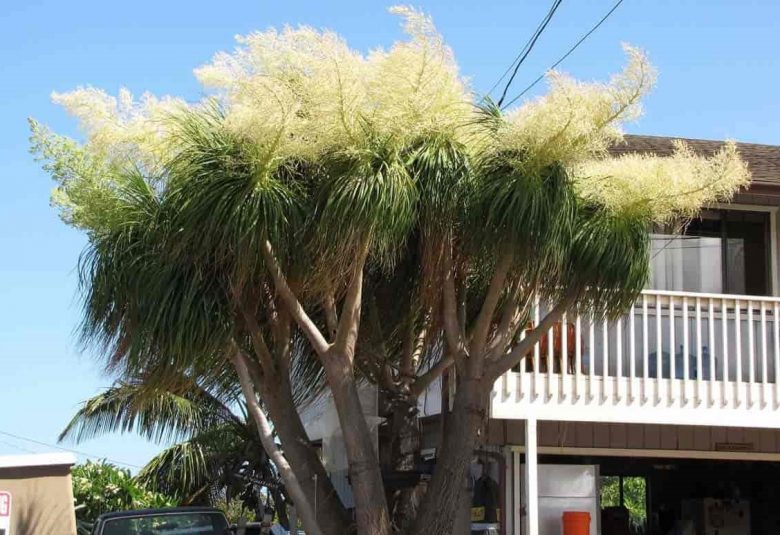
The beaucarnea recurvata is a dioecious species (such as the Kiwil- pistaċċi u l- qanneb), i.e. it bears the female and male flowers on separate individuals. This makes pollination and natural reproduction very complex, so much so that in Mexico the plant is considered a protected species and at risk of extinction, also due to the continuous withdrawals of adult plants and the excessive anthropization of the habitat.
In nature, the plant is pollinated by small insects and especially by bats.
In our latitudes it is unlikely to flower, also because only older plants go to flower. The single flowers are small, about 1-3 mm, of a white-cream color and inserted in voluminous panicle inflorescences which develop overhanging the foliage. The fruits are capsules that contain 1 to 3 small spherical seeds inside.
How to grow beaucarnea recurvata
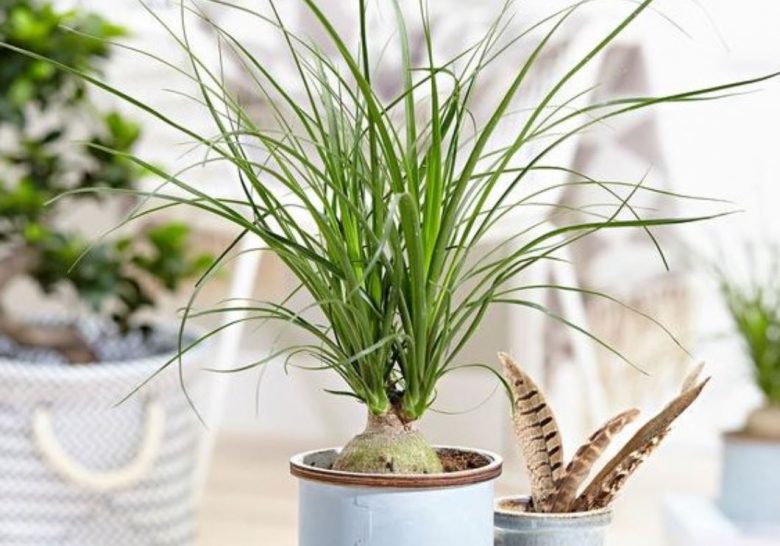
As mentioned, beaucarnea recurvata is a plant of tropical origin. It resists sporadic temperature drops, but during the winter it shouldn’t live with temperatures below 10 ° C. This limit gives us precise cultural indications. In our opinion, in Italy it is to be considered as a houseplant, where it can find ideal conditions to survive even in cold seasons. However, in the coastal areas of our southern regions, where temperatures rarely drop below that limit, it is also possible to grow it in the open ground, or in the garden.
Espożizzjoni
The beaucarnea recurvata wants light displays inside the houses. Direct sun is also fine, so close to a window, but better if only for a few hours a day. In any case, in the summer it is necessary to provide shields or to move the plant, in order to avoid burning and drying of the leaves. In winter, it is good to keep the plant away from direct heat sources (radiators, fireplaces, etc.) and cold drafts.
In the garden, the ideal is an area sheltered from the winds, but well lit. The beaucarnea recurvata could therefore be inserted in a mixed garden, where there are other tree species with thick and evergreen foliage (for example citrus and exotic fruits), which at the same time shade in summer and shelter from the winds throughout the year.
Ground
As for the needs of the land, the beaucarnea recurvata prefers soils with a tendency to acid pH and that ensure excellent drainage. For growing potted smoke-eating plants, the perfect mix is peat and perlitli faċilment jinstab fi bejgħ fi ħwienet speċjalizzati.
In the garden and before transplanting, the soil can be amended with peat and sand.
Containers and repotting
The elephant foot does not need a lot of space for the roots to develop, on the contrary, it prefers to grow in small containers, which keep the root system collected. Another factor that does not recommend continuous repotting is the very slow growth.
The best pots to use for beaucarnea recurvata are those terracotta classics, for two reasons. In the first place, these are containers that transpire, and the roots benefit from this. Secondly, they are heavier and therefore stable vessels, which avoid ruinous falls.
Repotting can be done every 3-4 years.
Multiplikazzjoni
The simplest method of multiplying beaucarnea recurvata is by using the basal shoots that grow around the main stem. In theory, these small suckers can be allowed to develop, in order to have multiple stems, but to favor the enlargement of the caudex it is better to remove them.
Once the small sprout has been detached from the ground, it is placed in a 10-12 cm diameter jar, filled with peat and perlite. The new seedling should be kept at a constant temperature of 20-22 ° C, in a shaded area and with fairly moist soil. Once established, the cultivation techniques of an adult plant apply. The best time to do this is early spring.
Żrigħ
Beaucarnea recurvata can also be sown, as the seeds are found easily sold in many stores. The best time to sow is between late winter and early spring, possibly using a heated seedbed and keeping the usual substrate well moist.
irrigazzjoni
Irrigation is a sore point in the cultivation of beaucarnea recurvata, as excess water is the cause of the death of plants grown in the apartment.
In fact, the plant should be watered occasionally, in practice almost never. This is because, as we have said, it is a caudiciform plant that has its water reserve in the swollen stem at the base. Excessive irrigation creates imbalances and rot. Water should only be given when the soil is completely dry. It is also necessary to avoid leaving water in the saucer, which, after watering, must be emptied immediately.
Fertilizzazzjoni
Fertilization of the plant is not necessary.
Cleaning the leaves
Do not use polishing products for the leaves, to clean them from dust just use a damp cotton cloth. In summer, the plant benefits from periodic water vaporization on the foliage.
The pruning of the beaucarnea recurvata
More than pruning, for the beaucarnea recurvata we need to talk about topping. As we have seen with the dracaena marginata, also this plant is subjected to apical topping to give birth and develop numerous shoots at the top of the stem. This is usually done in the nursery. If the topping has not yet been done on your plant, you can also decide not to do it.
Biological defense from parasites
As for pests, the leaves of the beaucarnea recurvata are often attacked by the koċinilja. At the first signs of the parasite, it is advisable to immediately carry out a manual cleaning of the leaves and a washing with sapun tal-potassju artab. If the cochineal infestation is allowed to become important and extended to the entire canopy, the plant could be irreparably compromised.
Tossiċità
Unlike other popular houseplants, such as the monstera"Lanthurium u l- pothoswhich are toxic if accidentally ingested by pets, beaucarnea recurvata has no toxicity profiles (they have rarely been recorded mild toxicity in rabbits). A problem of “coexistence” with our 4-legged friends, may be due to the tendency of cats to scratch the stem, causing obvious damage.
It is therefore better to set up barriers that make the smoke-eating plant inaccessible.

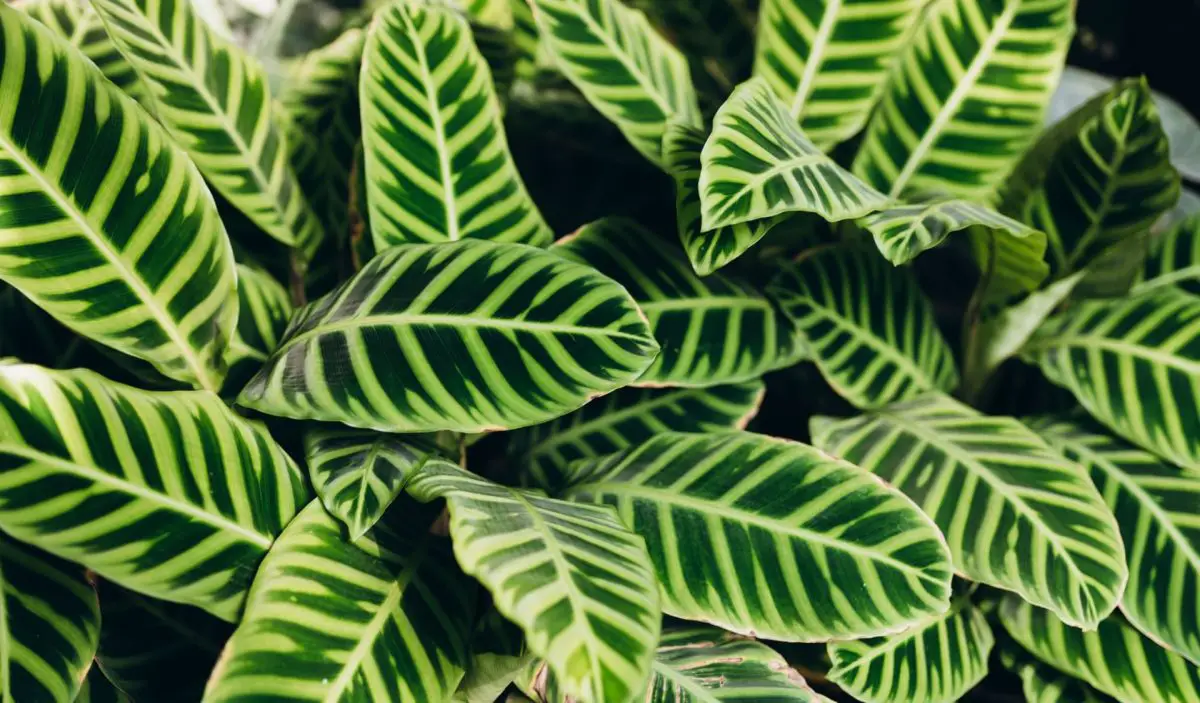
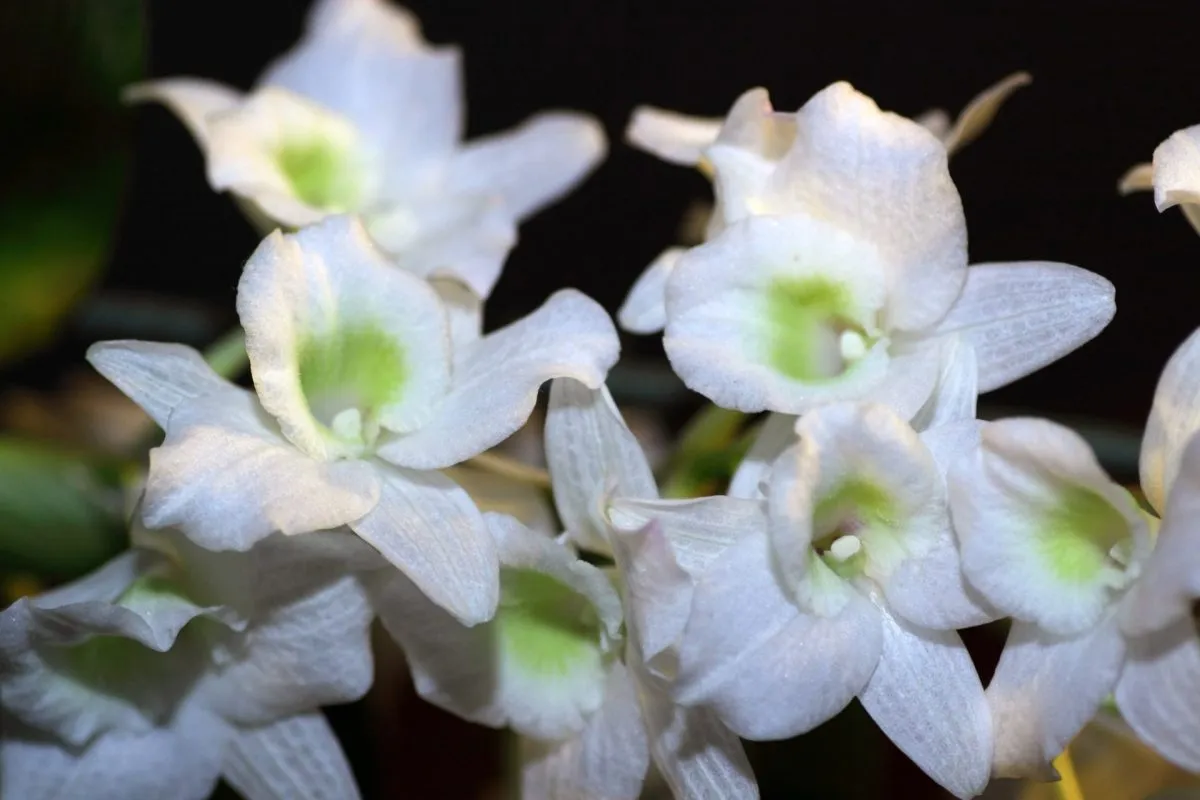
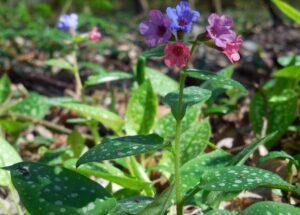
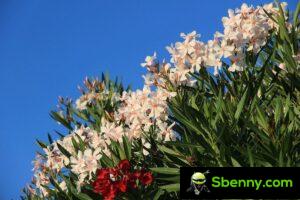
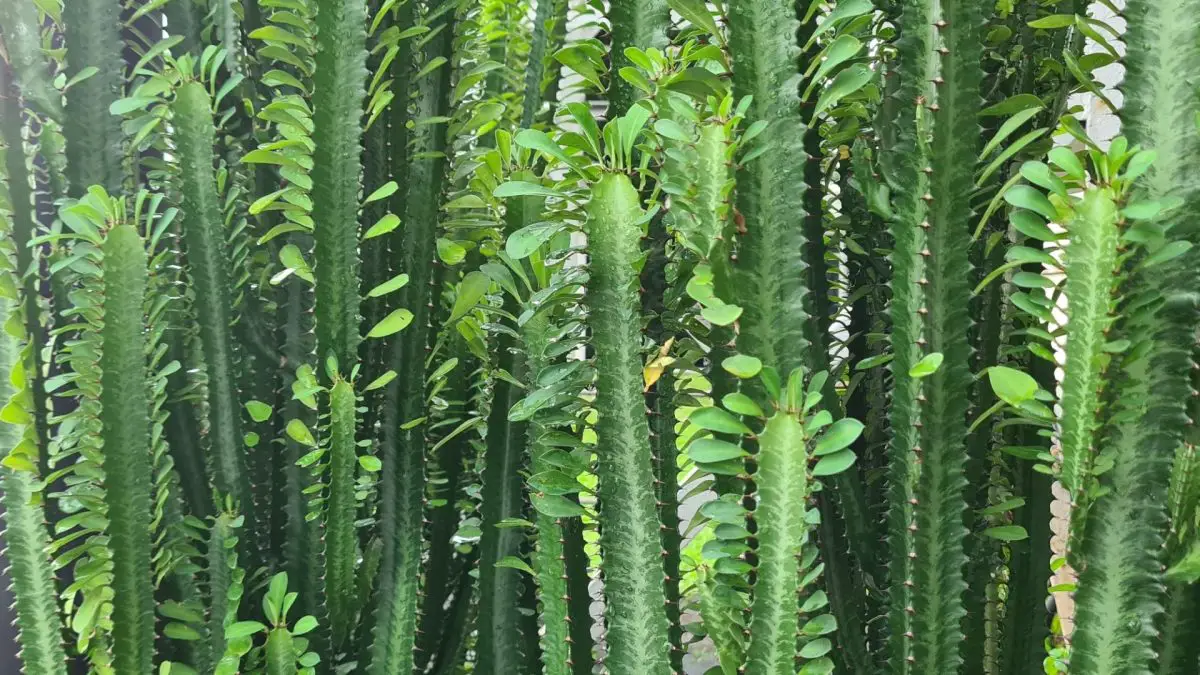
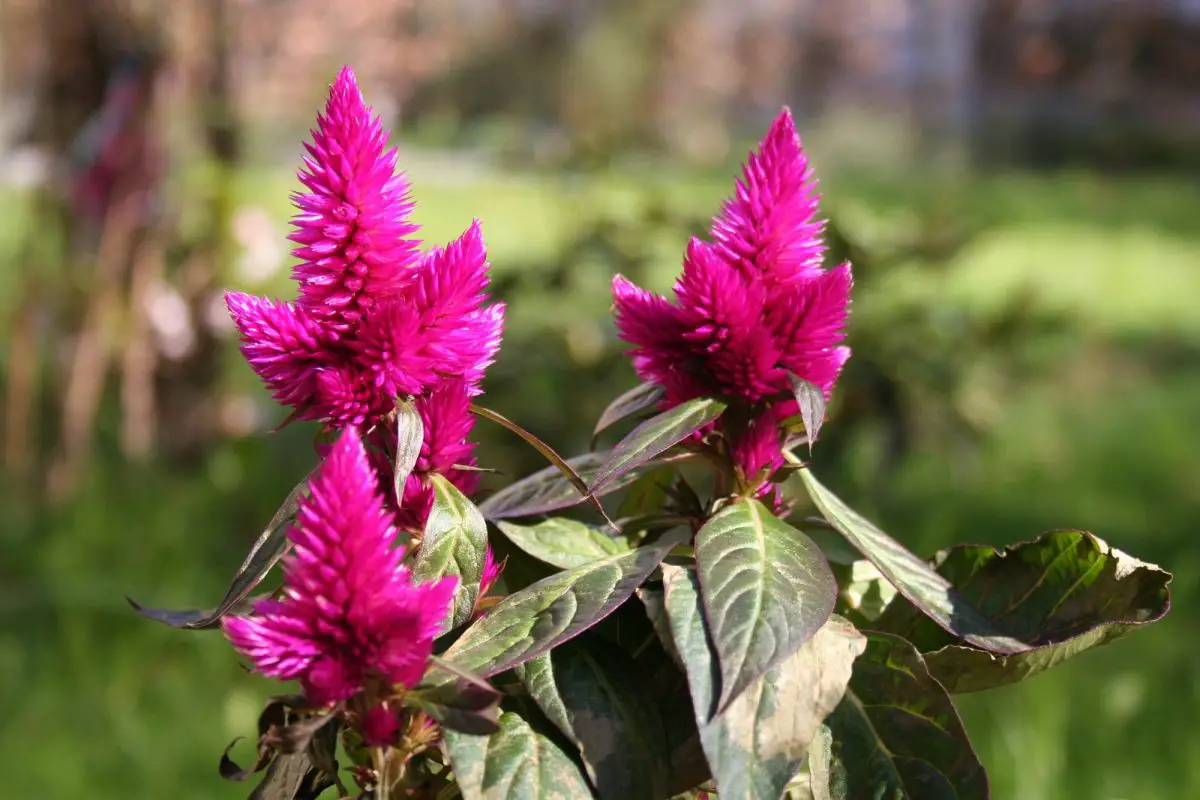
Ibda Thread ġdid